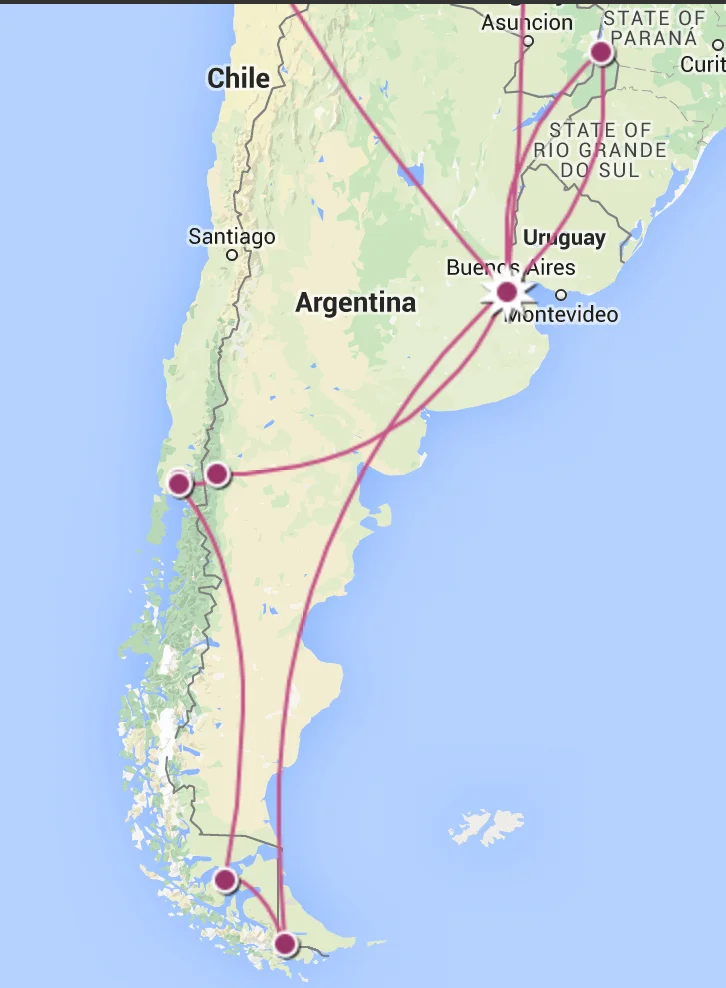The main motivation for creating this website was not only to share some of the many photos I've taken while traveling so far, but to chronicle what will probably be the largest scale. epic trip I've ever taken....I'm going to Patagonian Chile and Argentina
On this trip I'm going some amazing sights, epic mountains, crystal clear lakes, and Penguins! Also its summer! Although at the bottom of the earth, that doesn't mean it will be warm!
My trip begins in Buenos Ares, where I'll spend a few days exploring as much as this South American capital can offer. I assume I'll be eating some awesome steak as well.
I then fly nearly 900 miles southwest to San Carlos de Bariloche, a city located in the foothills of the Andes that looks more like a town out of Germany or Switzerland than South America. While there, I'll be going on at least one or two hikes, eating some local foods, and taking lots and lots of photos.
Then things get interesting. I'll be traveling over the Andes by bus, boat, bus, boat, bus, and boat and into Chile. This day long journey takes me through two national Andean parks, the Pérez Rosales in Chile and the Nahuel Huapi in Argentina as I “sail” through the Andes through lakes and rivers, to Puerto Varas. This Chilean town also appears to be more at home in Germany and I'll spend a day there exploring the city's unique architecture and beautiful surrounds before boarding a flight from neighboring Puerto Montt to Puenta Arenas, the southernmost city on the South American continent!
Punta Arenas, Patagonia's largest city, is located on the Strait of Magellan, will be my base of operations to see Penguins (and baby Penguins) at the Monumento Natural Los Pingüinos and Pingüinera Seno Otway, as well as many other natural wonders and historic sights related to Magellan's journey around the world.
After at least three-four days in Punta Arenas, I'll be heading back to Argentina (by bus and ferry) to the southern-most city in the world Ushuaia. This city, located on Tierra del Fuego will be my base to explore the Beagle Channel, and ride on l Tren Del Fin Del Mundo, a narrow gauge steam train that takes visitors to the Parque Nacional Tierra del Fuego. I'll also no doubt see some more amazing wildlife and take lots and lots of photos. I may even take a short trip across the Beagle Channel back into Chile and see
So you would think after going to the end of the world, I would be done with my trip...but no! After flying back up to Buenos Ares, I'm going to keep going north and into the Jungle, for a two day visit to Iguazu Falls, one of the seven natural wonders of the world. I originally wasn't planning on going here, but every person I talked to about Argentina told me I would regret not going. So now I am!
While this sounds like a totally planned trip, there's plenty of things to still figure out. For example, how will I cross the Andes? Where will I stay? How will I get from Punta Arenas to Ushuaia? What should I pack for a trip to the very deep south? These topics and many more will be explored over the next few weeks, so climb on explorers!
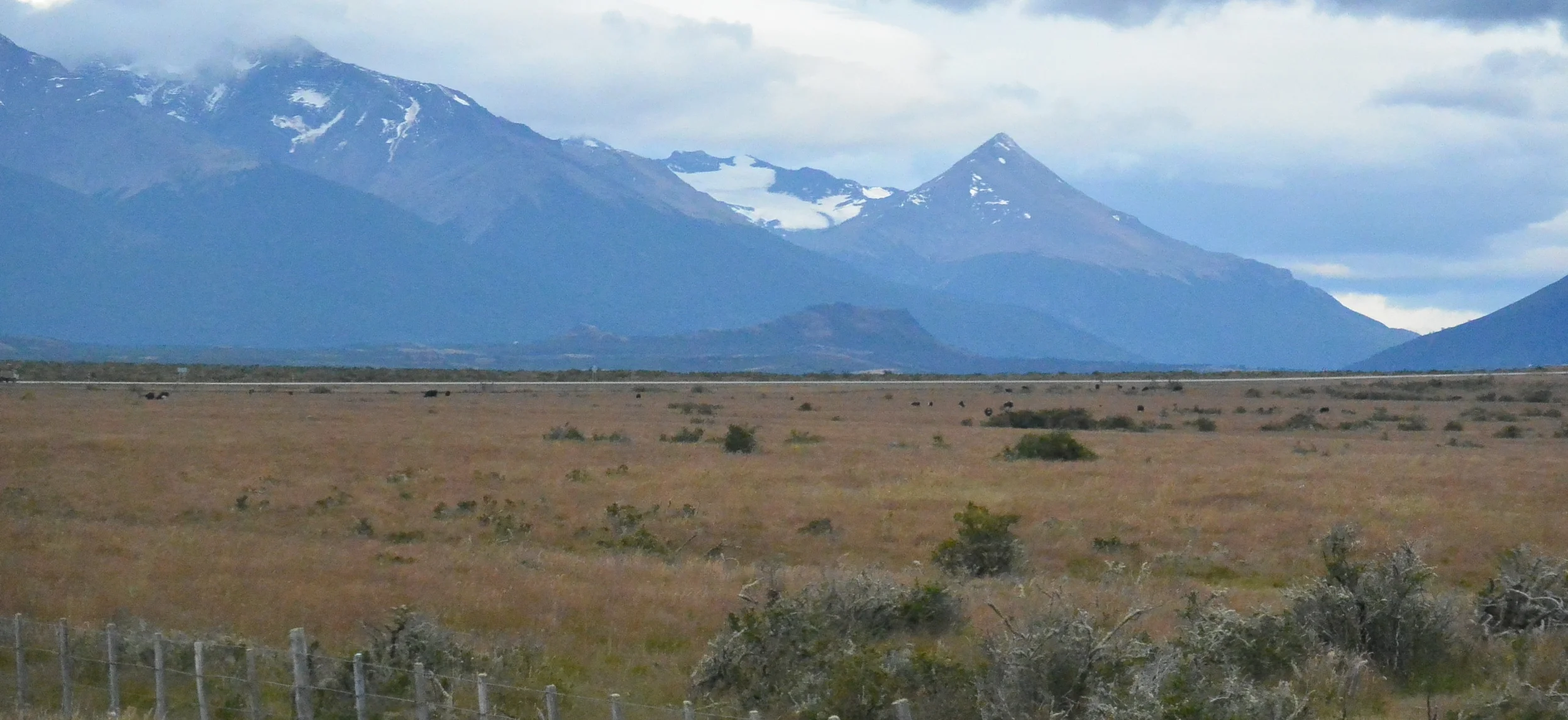



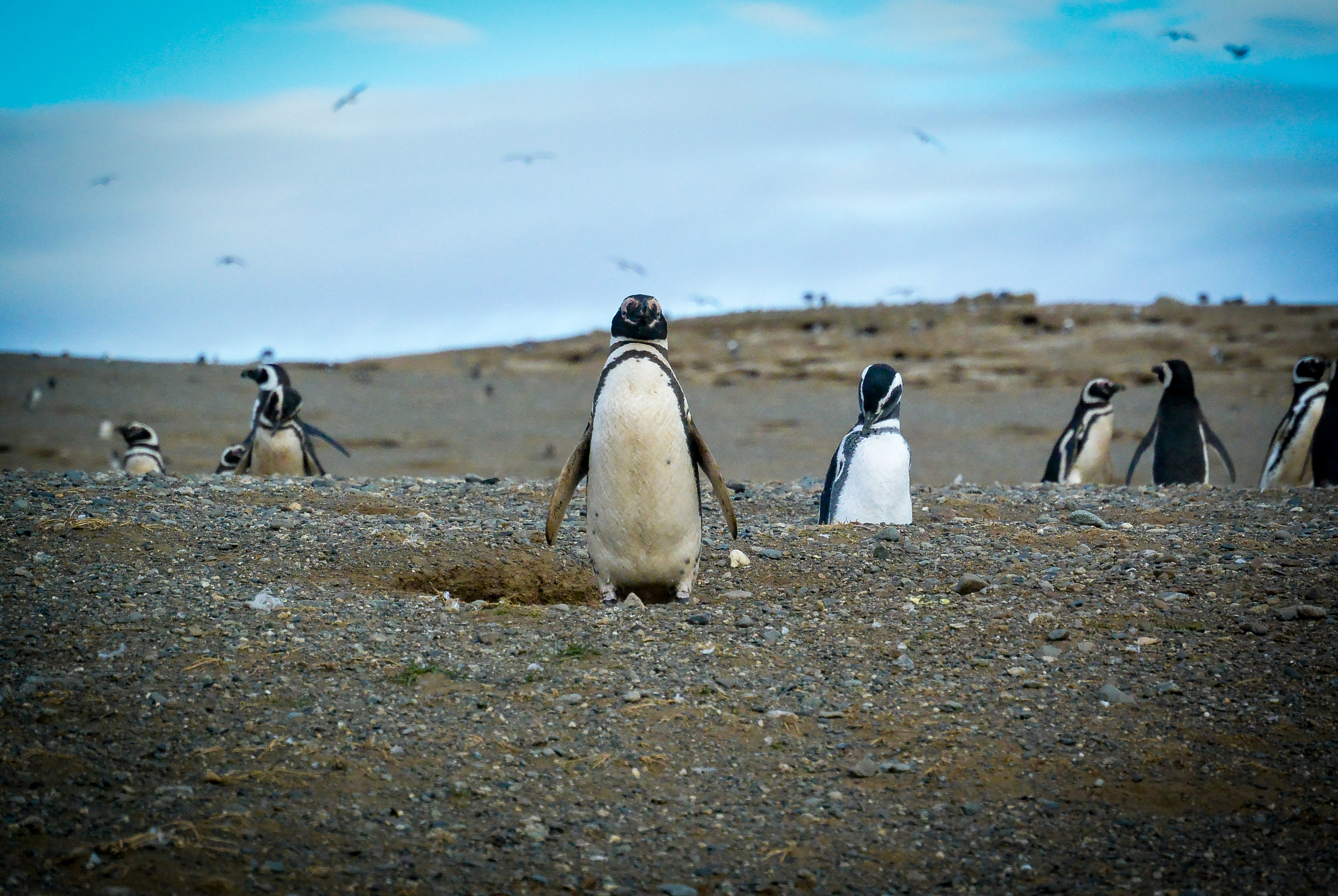

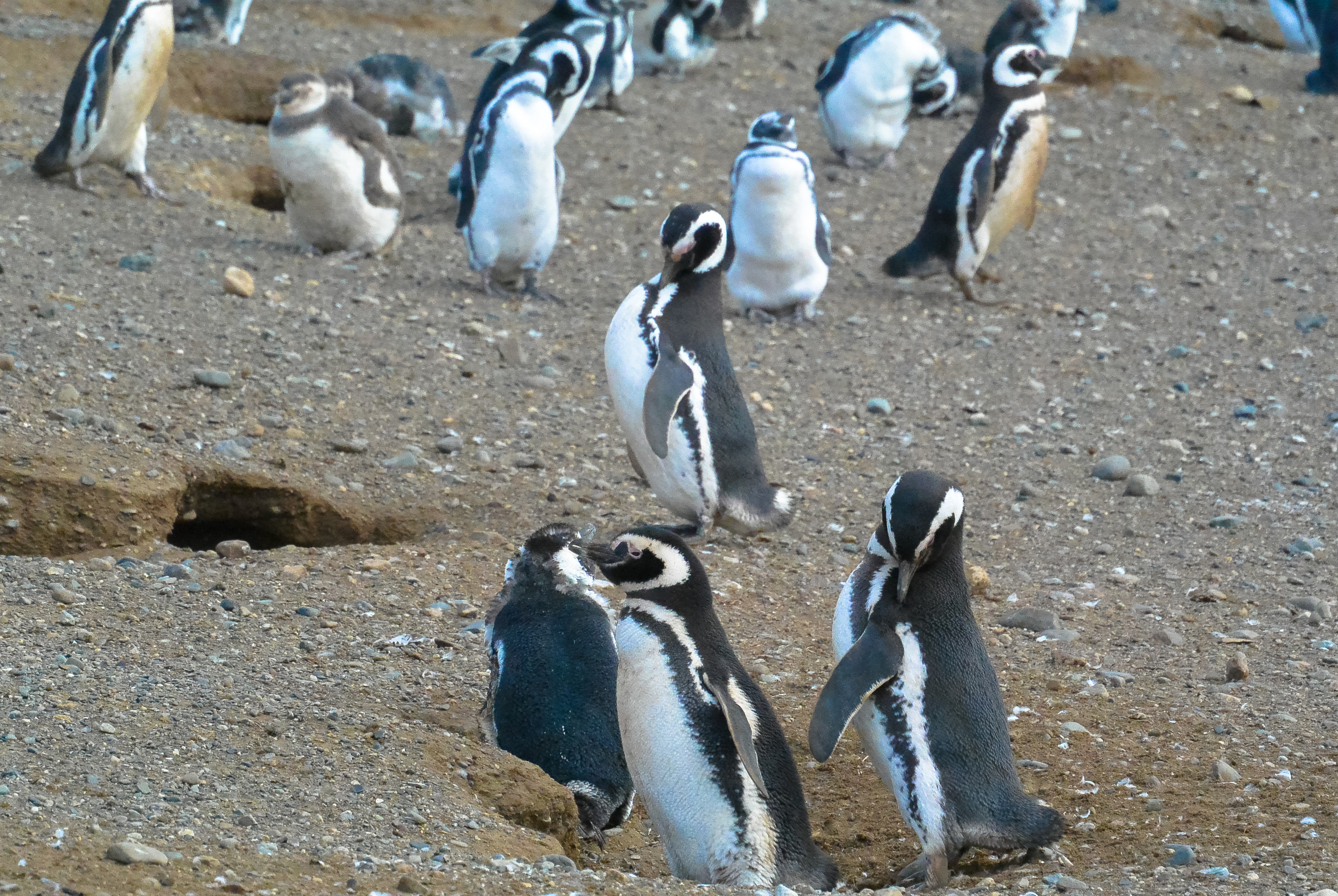
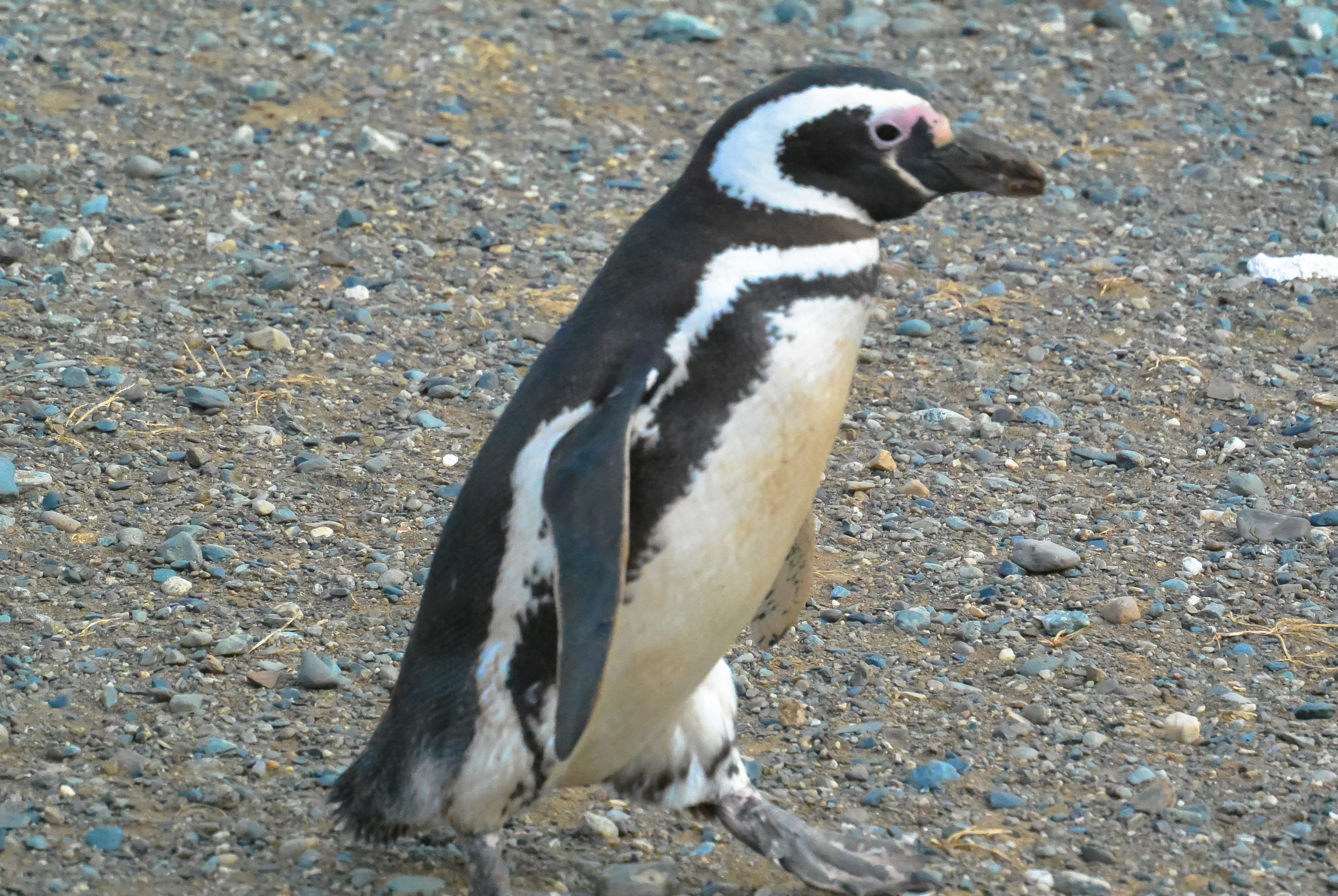
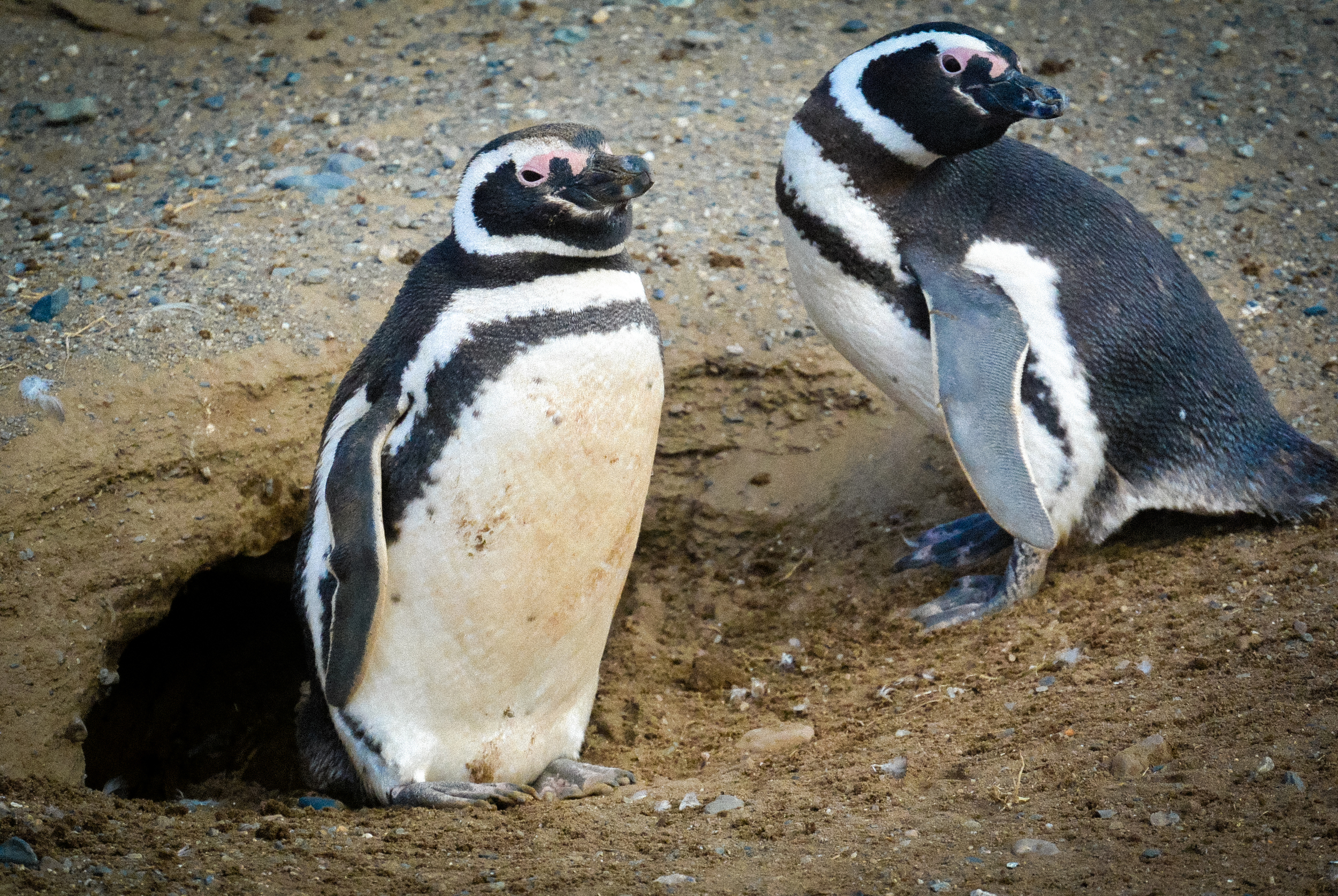


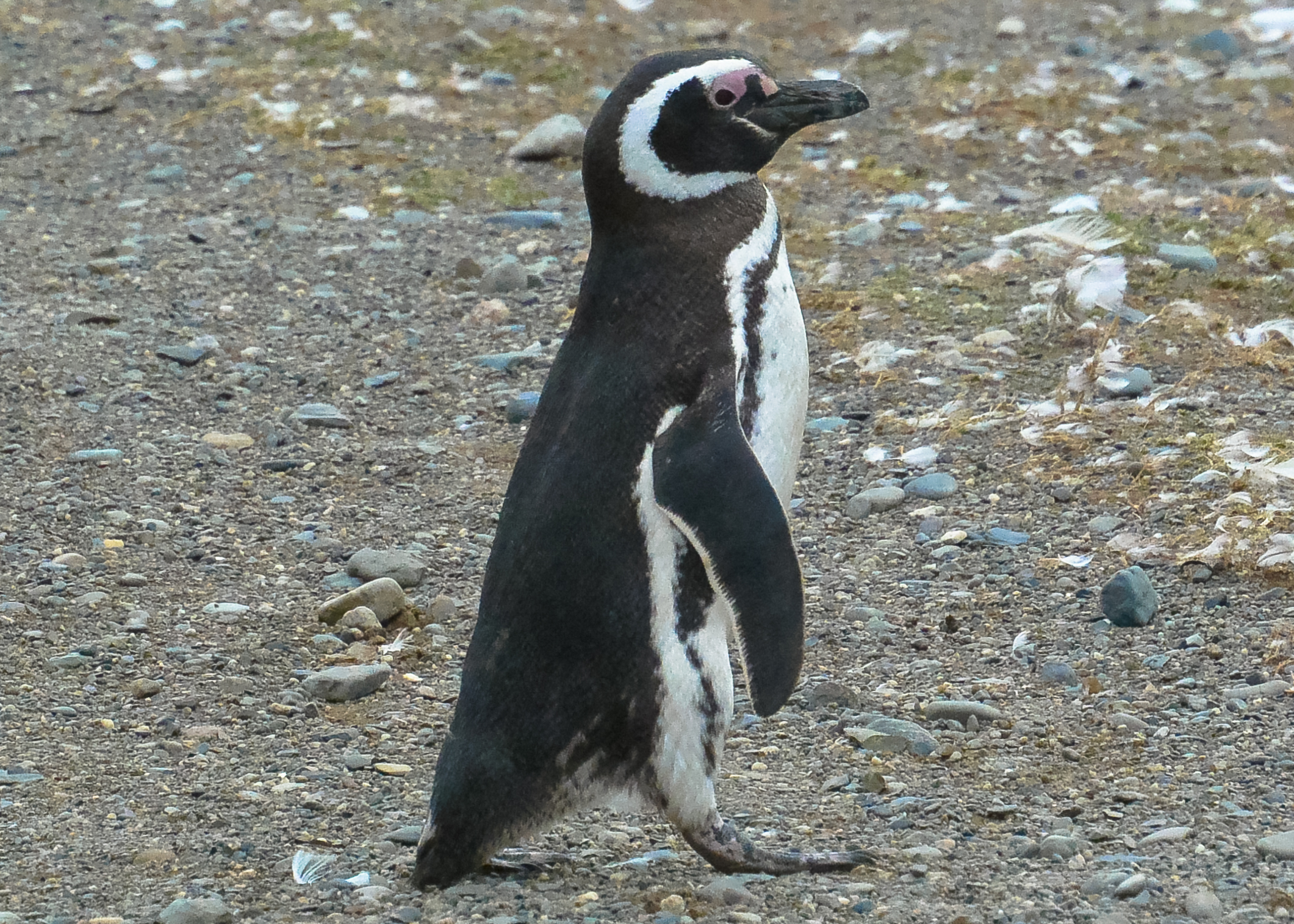
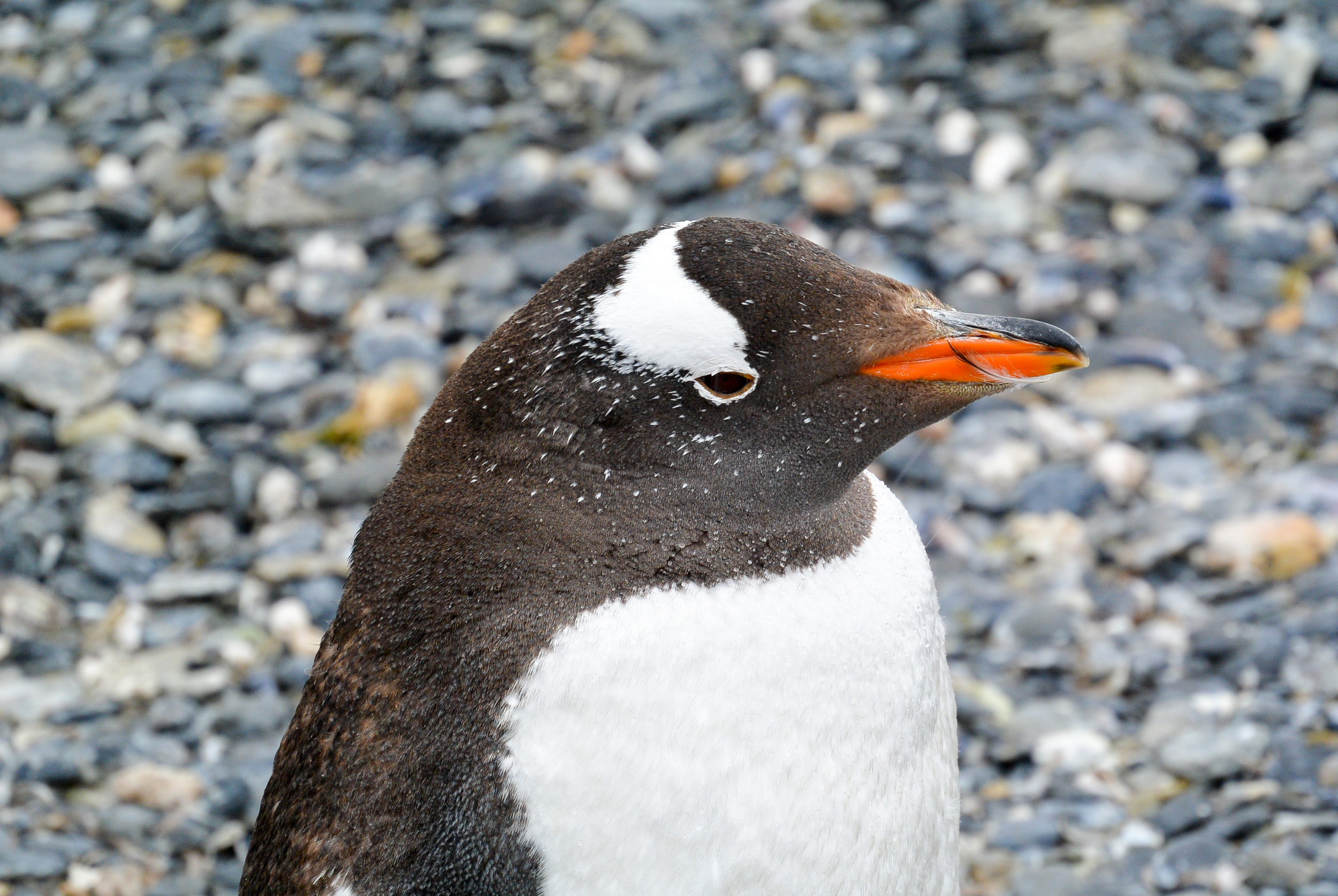

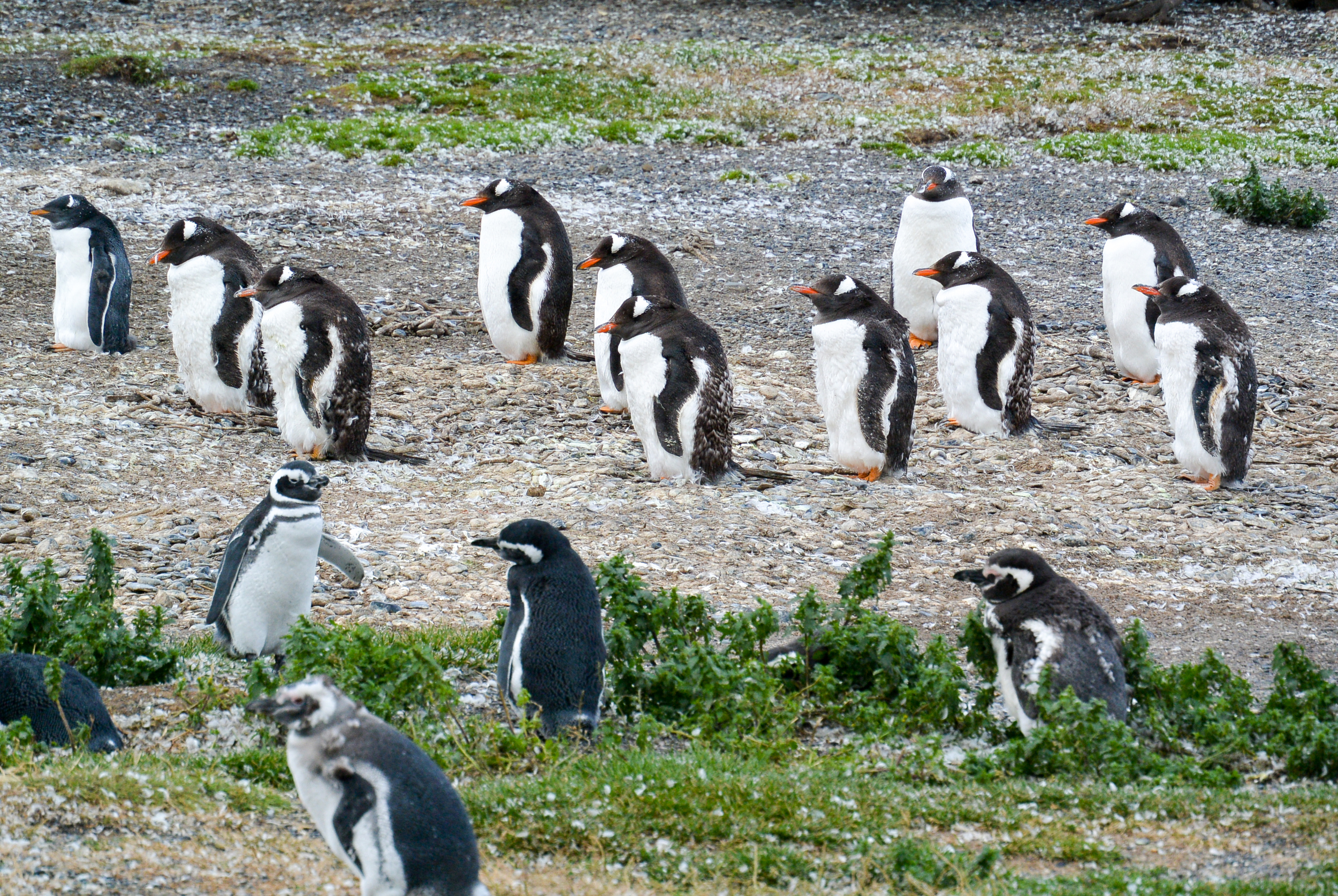
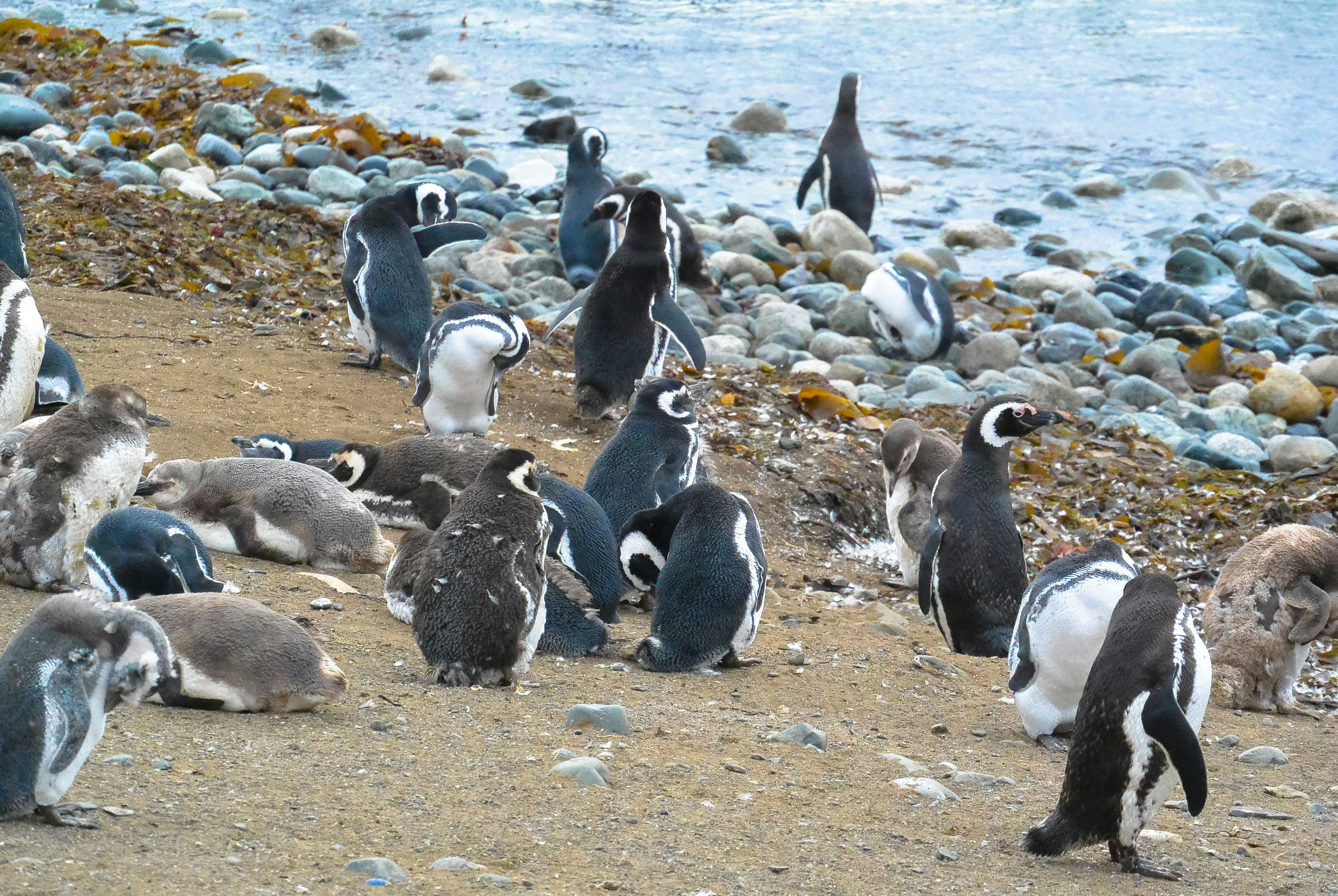
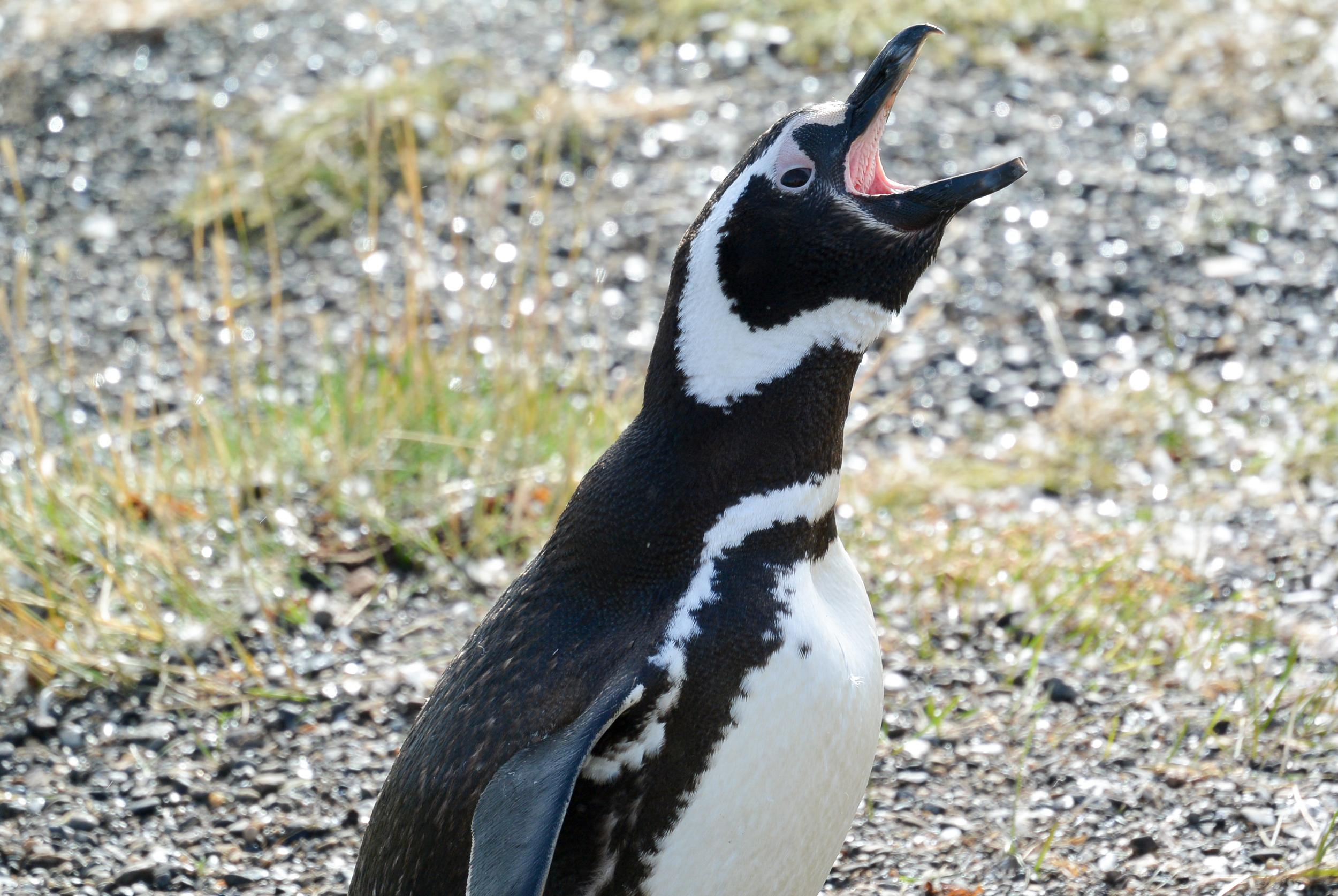


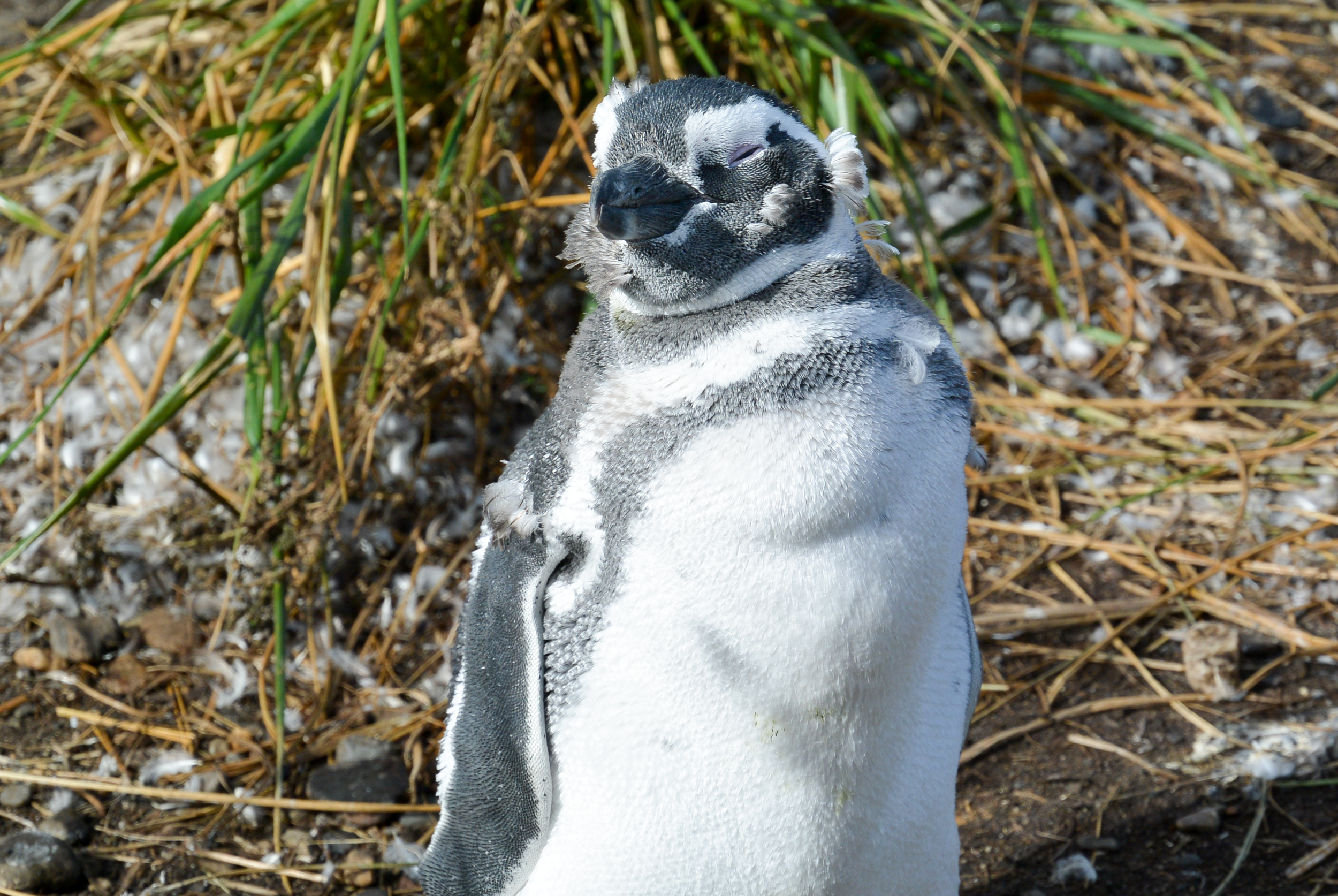
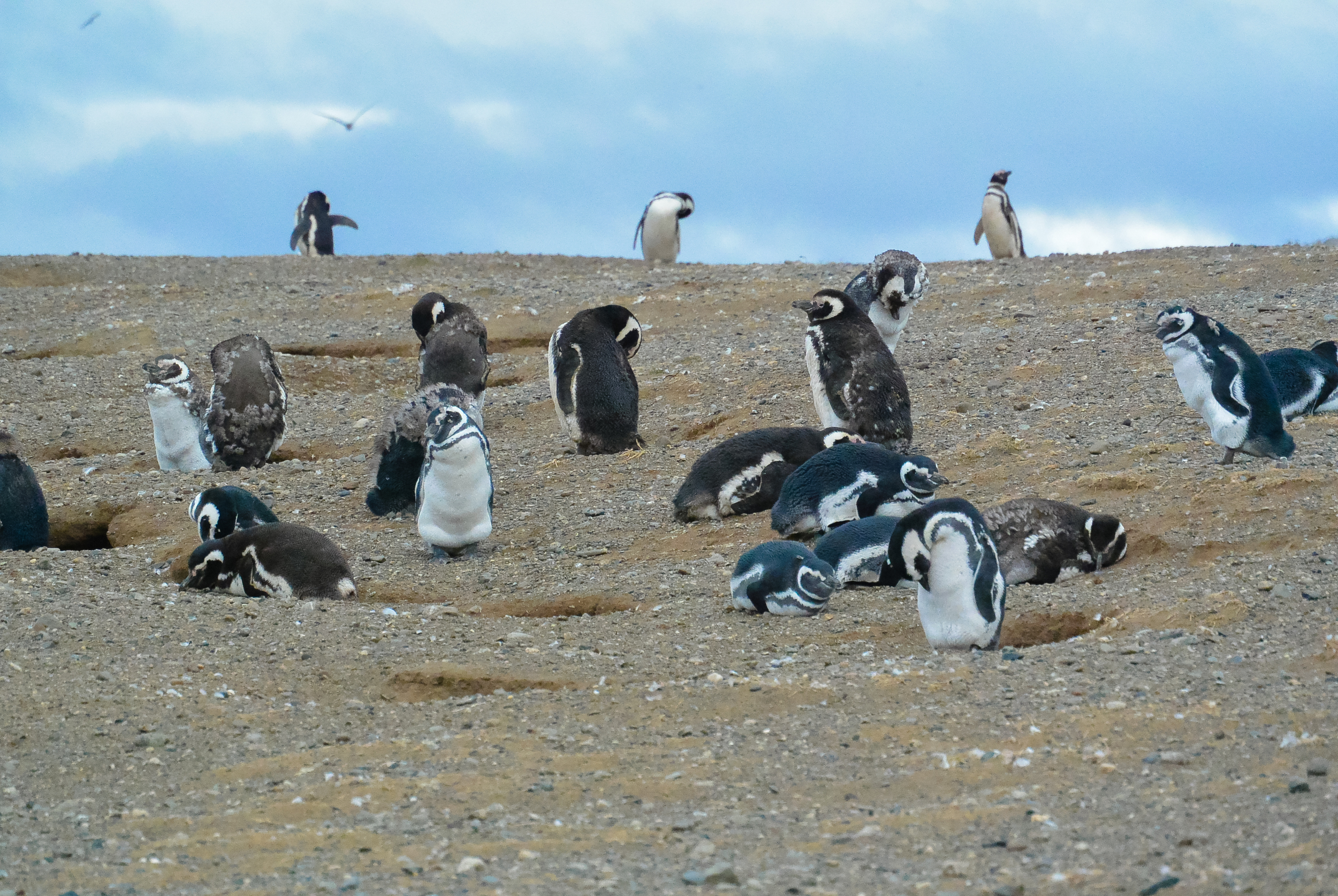





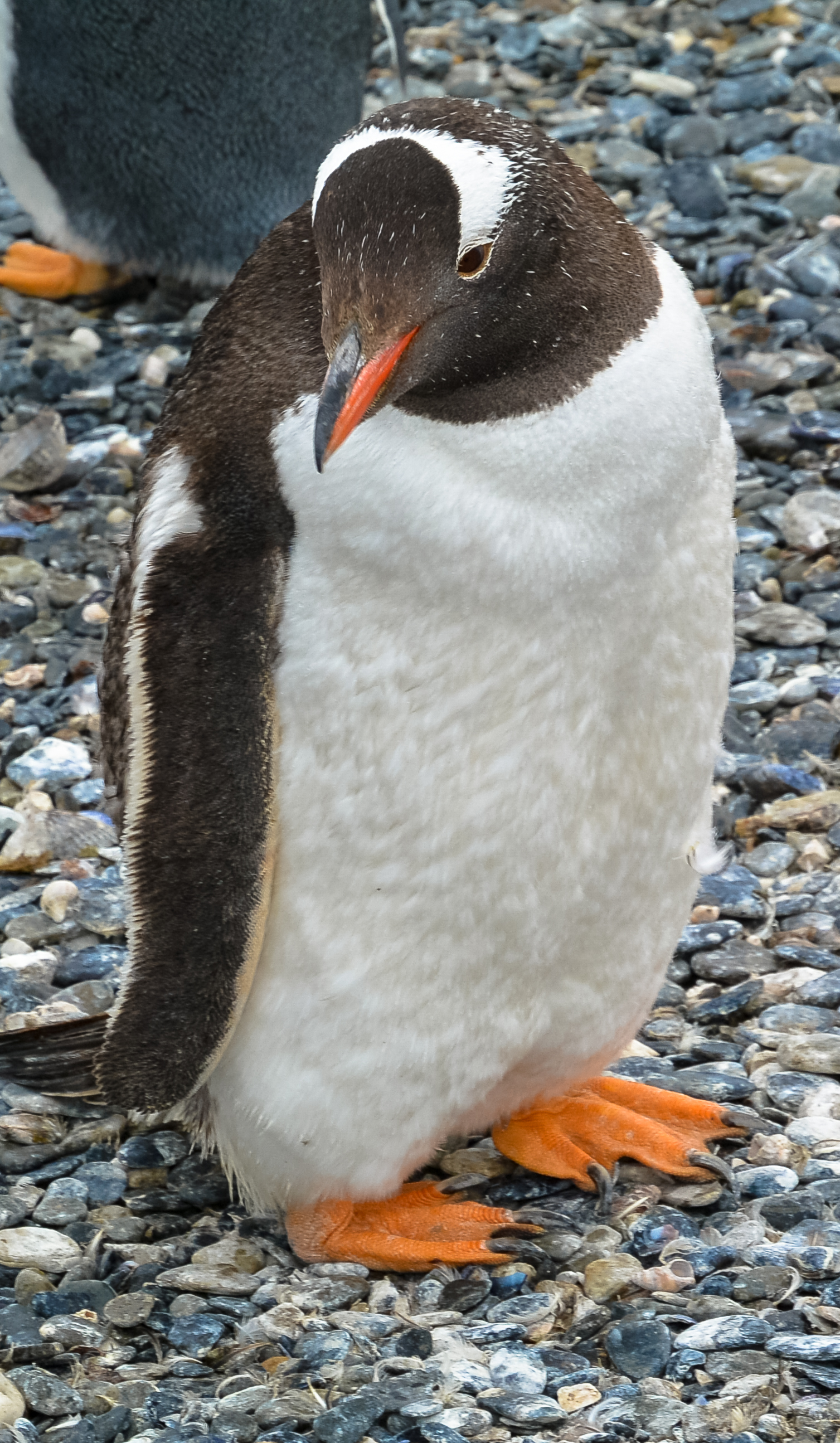
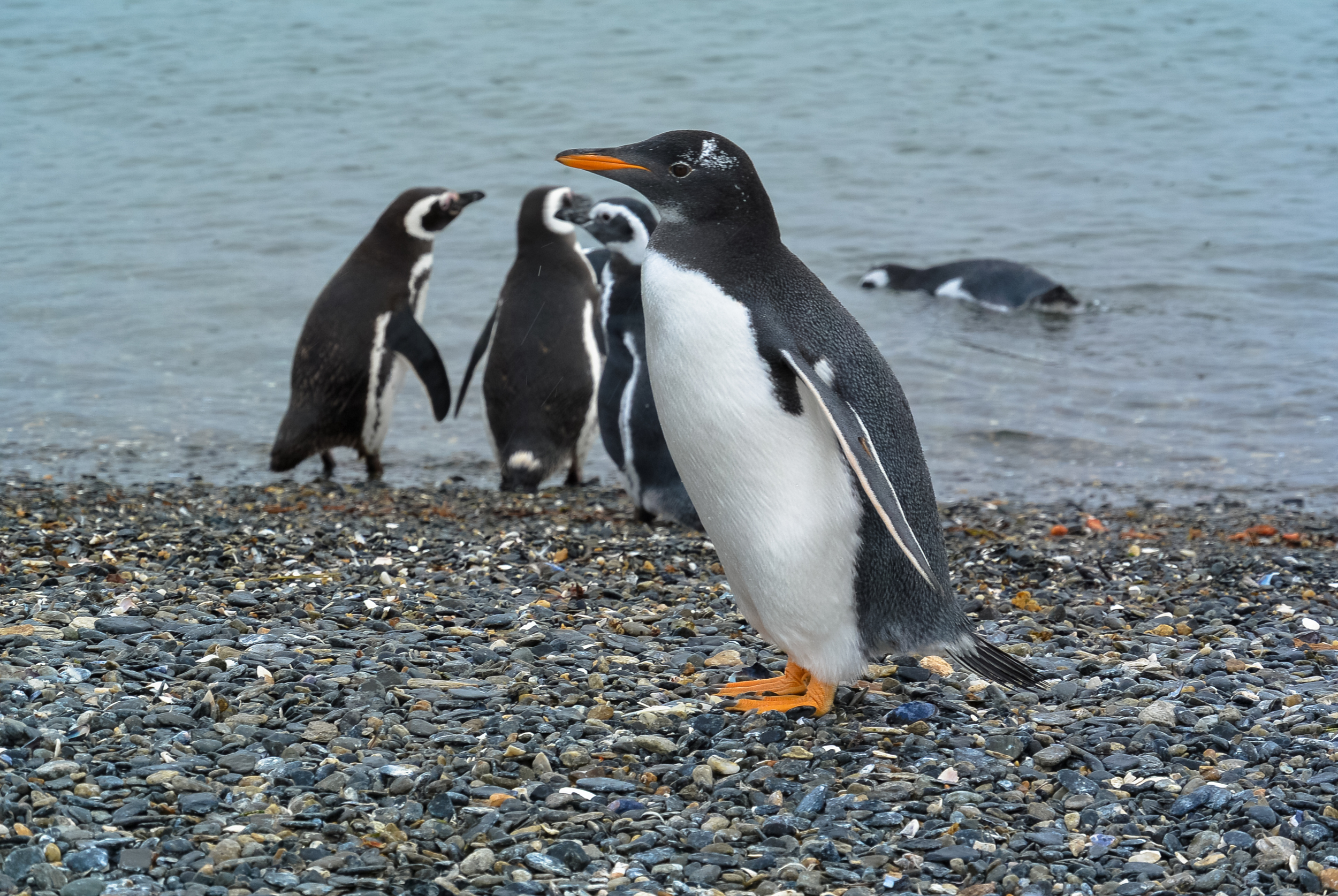
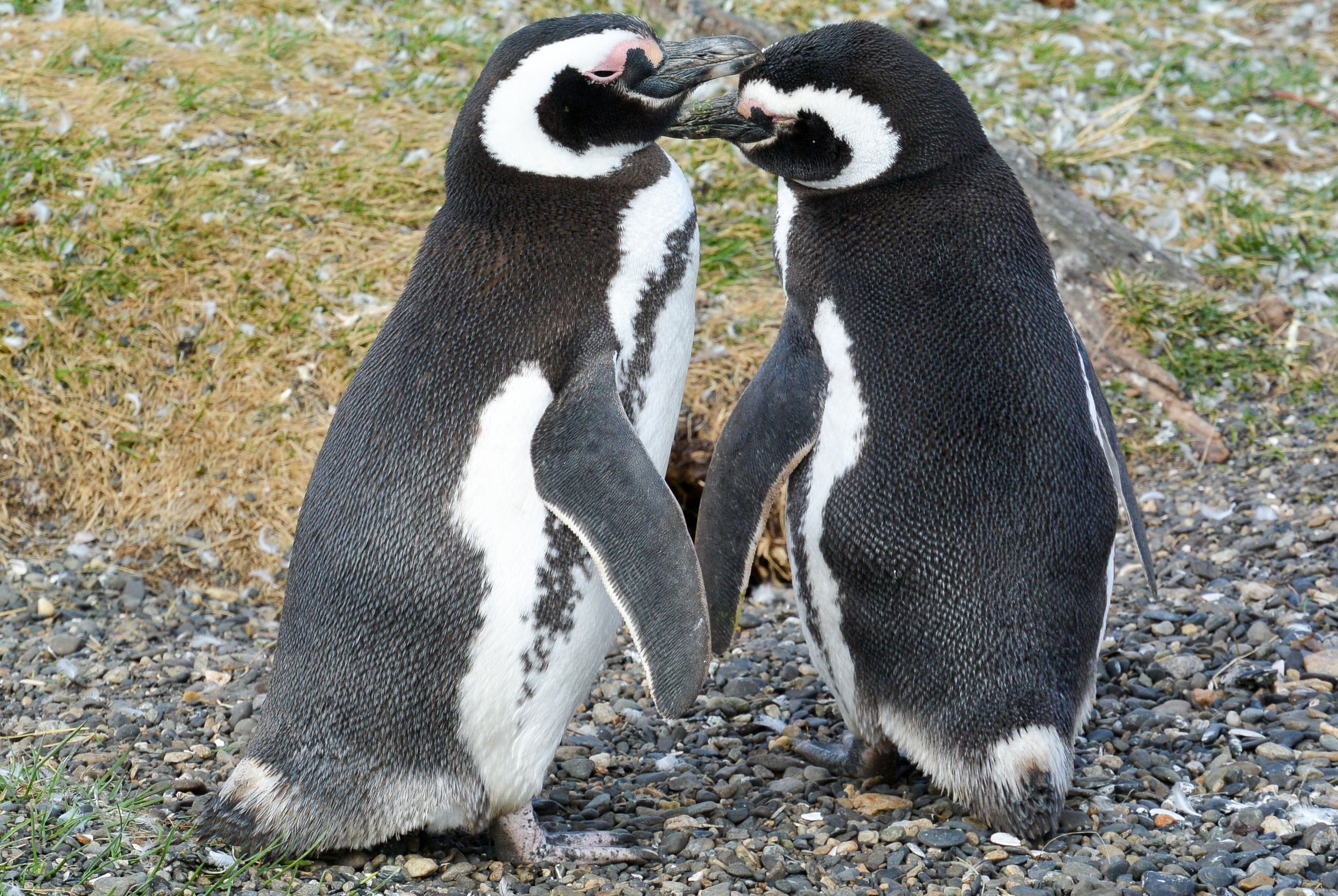
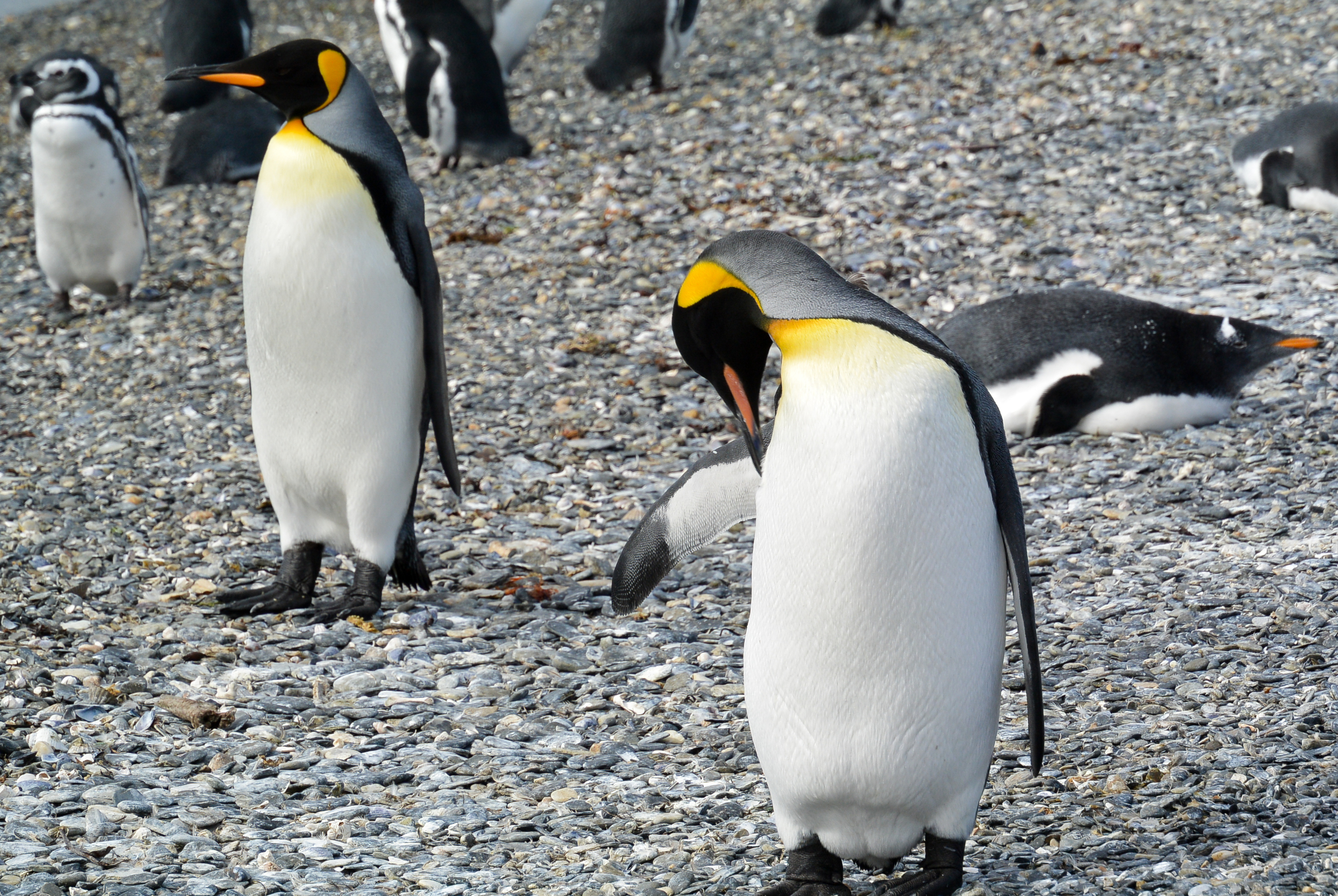




































![Perito Moreno Glacier. By Wikisanchez (Own work) [CC BY-SA 3.0 (http://creativecommons.org/licenses/by-sa/3.0)], via Wikimedia Commons](https://images.squarespace-cdn.com/content/v1/54aebfbfe4b0e8da4b7d3b48/1421207075893-HQW5ET16JA5RYEKE3JJJ/Walkways_close_to_Perito_Moreno_Glacier.jpg)

